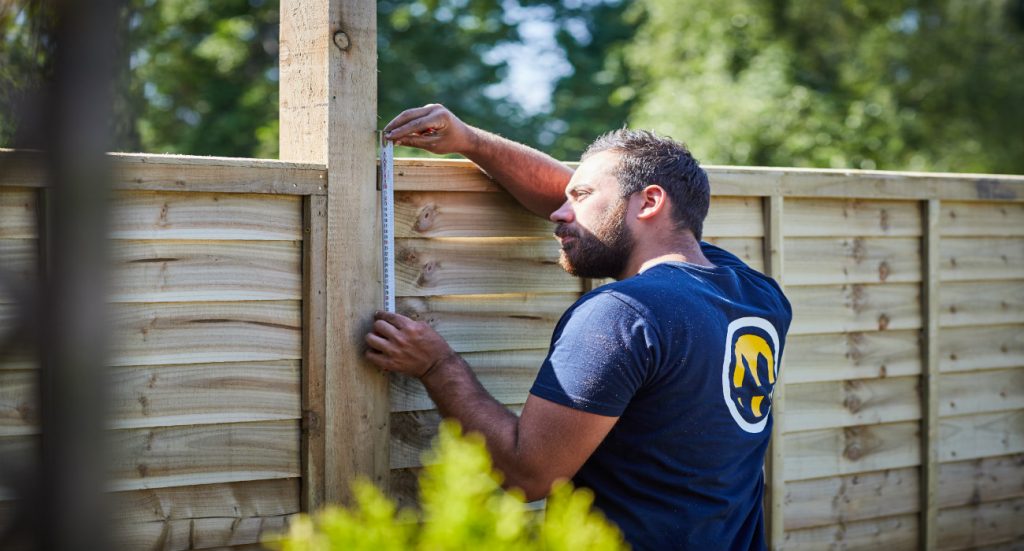Mining is a very dangerous profession, and you should always be prepared for the worst. The main reason for this is that mining sites are very large and can easily trap people in a collapsed area. . This can be a very dangerous situation because the miners would not know where they were in relation to the outside of the site, and they could easily get lost inside. A rescue team would then have to evacuate every single person trapped in these collapsed areas, using a high-risk technique that can sometimes take hours or even days to complete. What measures could be taken to reduce the chances of this happening?
A mine site fence provides a perfect solution to all the above problems, which is the slogan of west.fencewright.com.au as well.
MINE SITES HAZARD TO HEALTH:
Mining sites are also filled with dust, which can cause serious health problems if not properly managed. The main way to prevent dust accumulation is by fencing off the site, but this comes at a cost. Occupational safety and health issues are important considerations in mining. These include
- Falls from heights
- Slips and trips
- Handling of explosives
- Blasting
- Rock blasting
- Crushed rock dust.
An example is the 2010 Calexico mine disaster in California where 23 people were killed when the roof collapsed; the collapse was caused by a blast that created a cloud of dust.
CAUSE OF DEATH IN CASE OF MINE COLLAPSE:
The most common cause of death from a mine collapse is being buried alive. This can happen in any type of mine but is particularly dangerous in coal mines where miners are working in dark spaces and may not know that they are buried alive. There were 272 fatalities from mine collapses between 1946 and 2005, with the majority of cases caused by mining explosions. The vast majority of these fatalities were caused by coal mining, a practice that had largely ended by the end of the 20th century.
MINE FENCING COST:
Dust control fencing typically costs $8 to $11 per linear foot of fence and up to $5,000 for a full perimeter fence.
MINE FENCE MEASUREMENTS:
A typical dust control fence has a top and bottom section that is made of 1-inch galvanized wire. The panels of the fence are separated by a 1/8-inch mesh to keep out larger objects as well as to allow water through. . A typical top section is 12 feet long, and the bottom section is 24 feet long. Other features include a handle on each end, security posts that can be fastened with screws or nails, and holes in the wires for mounting to posts.
The benefits of dust control fencing include: –
- Preventing hazards like rock falls and flooding.
- Preventing dust accumulation.
- Protecting your mine site from theft.
- Preventing contamination of water supplies.
- Preventing erosion.
- Protecting the nearby vegetation.
The benefits for mining companies are:-
- Reducing the cost of dust control (including less time and labor).
- Increasing productivity by reducing health and safety risks from dust hazards.
In short mine, fencing is an important measure that should be taken at the time of mine development. This will not only save human life but also will protect workers from a lot of health hazards.













